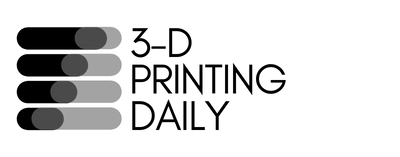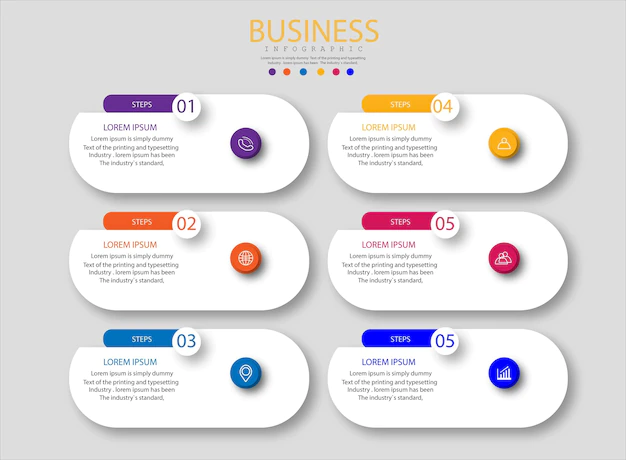3D printing has revolutionized the way we design and create products. It has opened up a world of possibilities for engineers, architects, and hobbyists alike, allowing them to create objects with unprecedented accuracy and precision. With 3D printing, it’s possible to create complex shapes and detailed designs. But what are the best methods for designing for 3D printing?
In this article, we’ll look at 8 of the best 3D printing design methods, from CAD modeling to topology optimization. We’ll also discuss the pros and cons of each method, so you can decide what’s best for your individual project. Get ready to dive into the world of 3D printing design and unlock the potential of this exciting technology!
Overview of 3D printing design
Before we dive into the best 3D printing design methods, let’s take a quick look at what 3D printing design is and how it works. 3D printing is a method of additive manufacturing, in which an object is created by adding layers of material together. This allows the object to be created from a digital model, which can be easily edited or changed. The 3D printing design process can be broken down into five simple steps.
First, you’ll need to create a 3D model of your design. You can use one of many design methods, including CAD modeling, 3D scanning, 3D sculpting, and more. Next, you’ll need to optimize your design for printing, so that it’s possible to create with the chosen printing method.
Finally, you’ll need to slice your model into digital instructions that the printer can understand, and then print. 3D printing design has revolutionized the way we design and create products. It has opened up a world of possibilities for engineers, architects, and hobbyists alike, allowing them to create objects with unprecedented accuracy and precision.
CAD Modeling
Computer-aided design (CAD) modeling has been used by designers for decades. In fact, it’s one of the oldest 3D printing design methods. Technology has evolved over time, as computers have become more powerful and sophisticated, but the fundamentals of the design process have remained largely the same. CAD modeling is based on a system of geometric shapes, such as lines, circles, and squares, and their interrelationships.
It uses these shapes to represent real-world objects, such as models, components, designs, and ideas. CAD modeling is a very flexible design method that can be used for a wide range of design projects. It can be used to create all types of 3D models, including mechanical parts, electrical circuits, architectural designs, virtual reality environments, etc.
CAD modeling is also suitable for a wide range of skill levels. Whether you’re a novice designer or an experienced engineer, you can use CAD modeling to create your designs. CAD modeling is ideal for 3D printing design because it’s suitable for creating complex design projects with many different parts.
3D Scanning
3D scanning is a design method that allows you to create a digital model of an existing object. It works by measuring the 3D surface and contours of an object to create a digital representation. 3D scanning is mostly used in product engineering and design, architecture, art, and research.
It can be helpful for replicating an existing object for use in your design, or for capturing the design of an object that can’t be replicated by other methods. There are several different types of 3D scanning methods. Some examples include photogrammetry, structured light, magnetic resonance, and ultrasound scanning.
Depending on the type of scanning used, 3D scanning can produce highly detailed or low-quality digital models. It can be difficult to replicate an existing object exactly, without making any changes. This may be required if the object has unique properties.
3D scanning is ideal for 3D printing design if you want to replicate an existing object in your design. This can be useful if the object has unique properties that need to be replicated as accurately as possible.
3D Sculpting
3D sculpting is another design method that is similar to CAD modeling. It’s used to create 3D models based on a digital sculpting tool. However, 3D sculpting is much more flexible than CAD modeling and doesn’t rely on geometric shapes. This makes it suitable for creating organic and irregular designs, which may be difficult to replicate with CAD modeling.
3D sculpting is most commonly used for creating 3D models from scratch. It’s often used by architects and designers to create designs that are difficult to replicate with other methods. This can be due to complex shapes, many different parts, or irregular structures.
3D sculpting is a suitable design method for 3D printing design if you need to create a design that is very irregular and free-form. This can be helpful for replicating natural or organic structures, or for designing unusual or irregular structures.
Generative Design
Generative design is similar to 3D sculpting in that it’s an organic design method. However, it’s slightly different in that it’s not a hands-on design method. Instead, the generative design uses computer algorithms to create 3D models based on a set of parameters. This means that you don’t have full control over the design process.
Instead, you need to set the parameters for the model, and the computer will create a model based on those parameters. Generative design is ideal for 3D printing design because it can be used to create very complex designs with many different parts.
It can also be used to create design features that are difficult to replicate with other methods. Generative design is useful for replicating organic and irregular shapes, which is not possible with other design methods. This can be helpful for creating complex designs with many parts, or unique design features.
Topology Optimization
Topology optimization is another design method that is similar to CAD modeling. However, it’s slightly more flexible, and can be used to create more complex designs. Topology optimization uses geometric shapes and edges in a design model to create a more robust design. This allows the model to withstand possible changes and makes the design easier to print.
Topology optimization is a good choice for 3D printing design if you need a complex design model with many different parts. It’s also useful for larger, more complex designs. Topology optimization is ideal for creating designs that are very detailed, or that require many different parts. This can be helpful for creating large designs with many parts, or for creating designs with very large numbers of edges.
Rapid Prototyping
Rapid prototyping is a design method that is ideal for creating a single design model. This model is used to create a physical, 3D-printed prototype of your design. Rapid prototyping is a design method that relies on 3D modeling, with a few specific design techniques. It’s used to create models that are suitable for 3D printing, with a focus on reducing the number of edges in the design.
This reduces the complexity of the design, making it easier to print. Rapid prototyping is a useful design method for 3D printing design if you need to create a single design model. This can be helpful if you’re designing a one-off design prototype, which doesn’t require many parts.
Rapid prototyping is ideal for 3D printing design because it’s suitable for creating complex designs with many different parts. This can be helpful for replicating cumbersome or large designs, or for creating detailed designs.
Additive Manufacturing
Finally, we come to the last design method, additive manufacturing. This is the most common method of 3D printing design and is used to create 3D printed models. This design method is also known as 3D printing because the design models are printed layer-by-layer to create a physical object.
Additive manufacturing is a design method that is used in many different disciplines, including architecture, product design, engineering, art, and research. It can be used to create a wide range of 3D designs, from simple models to complex architectural designs.
Additive manufacturing is the ideal design method for 3D printing design because it can be used to create any design model. This is because the design model is printed layer-by-layer to create a physical object. This is ideal for creating complex designs with many parts, and for replicating organic and irregular shapes.




